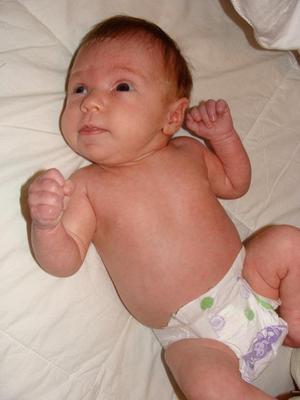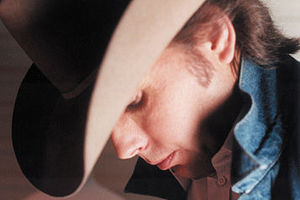Hypertonia is classified as having a rigid muscle tone. You may not even notice it on your baby until you bring her to the doctor’s office. After seeing thousands and thousands of babies in their office, your doctor knows what is normal and not. Unlike babies who have hypotonia, or “floppy baby syndrome,” a baby with hypertonia is excessively uptight and has difficulty relaxing muscles.
This excessive rigidness occurs not because there is something wrong with their actual muscles, but rather their brain can’t signal them to relax. Sometimes this is a symptom of a serious underlying condition and sometimes it is not.
The biggest concern regarding your exhibiting signs of hypertonic muscle tone is he or she may have a lifelong and life-altering condition known as cerebral palsy. Children with cerebral palsy may exhibit signs of rigidity in two different ways: spastic and dystonic hypertonia.
In spastic hypertonia you will notice your baby making sudden partial or full body muscle contractions while stiffening up, and in dystonic hypertonia your baby will resist any outside force or movement such as when a physical therapist uses full range of motion exercises on them. A baby with cerebral palsy has some degree of brain damage and has to be treated with physical therapy, drugs, surgery, or injections in order to get them to relax.
Having a hypertonic muscle tone doesn’t always mean your child is brain damaged. My daughter was referred to a specialist at two months old due to a combination of symptoms that suggested she may have cerebral palsy (excessive rigidness, clenched fists, and torticollis), but after two months of observation, the pediatrician assured me this was not the case and she was showing signs of improvement. I practiced some neck stretching exercises shown to me by the doctor to help ease her torticollis, or “twisted neck syndrome,” as well as some muscle relaxation massages several times a day.
I later learned that the reason cuddling my newborn infant felt like holding a two-by-four piece of board may have had much to do with her being high needs. Perhaps it is because she is always anxious, uptight, and always on the verge of crying that she can rarely relax. Hypertonic muscle tone is reported as a common characteristic of high needs babies. My daughter is a poster child for this type of baby. She is still very rigid compared to most babies, but I am thankful she was not diagnosed with anything too serious.
While some parents sometimes think a hypertonic muscle tone is “cute” because a baby seems abnormally strong and stiff, it should not be taken so lightly. Having Lilly being observed for cerebral palsy was one of the scariest things in my life. If your baby is rigid and doesn’t relax, mention this to your doctor as it could be a life altering diagnosis or hopefully nothing serious at all.





